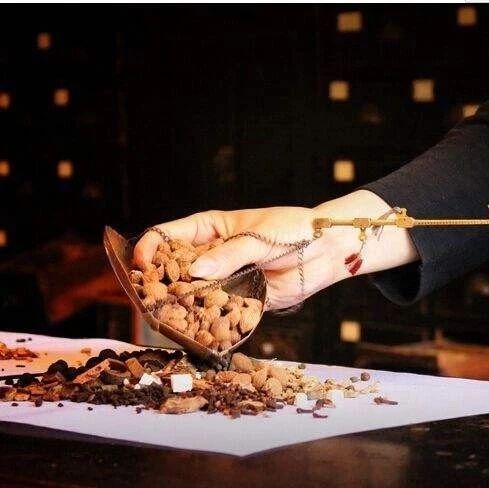Hello everyone, I am Bao Yanju. Today I will share with you the Eight Major Pulse Types, focusing on the String Pulse.
The String Pulse is characterized by being straight and long, resembling a plucked string. Its pulse shape is straight and elongated, with a relatively strong pulse force and a firm pulse channel. When palpating the pulse, there is a sensation of it being taut and rising and falling directly under the fingers, hence the description of the String Pulse as ‘passing straight through the middle’ and ‘taut under the fingers.’ The degree of tautness varies with the severity of the condition; it may feel like pressing a string lightly when mild, or like pressing a bowstring, or even like running a finger along a knife’s edge when severe.
The String Pulse is often associated with Qi stagnation. A String Pulse at the Cun position indicates an upward rebellious Qi rushing towards the heart and lungs, which may present symptoms such as palpitations, chest tightness, and shortness of breath. Prolonged Qi stagnation can easily transform into heat, leading to similar symptoms.
Common types of the String Pulse at the Cun position include the following:
(1) Both Guan and Chi are String Pulses
When all three positions exhibit a String Pulse, it often indicates Qi stagnation or Qi depression, which in the context of the six meridians is often considered a Shaoyang syndrome. Clinically, when a patient presents with a String Pulse in all three positions, regardless of whether they have a bitter taste in the mouth, dry throat, or dizziness, it may be appropriate to consider using Chai Hu decoction (such as Xiao Chai Hu Tang, Si Ni San, Chai Hu Shu Gan San, or Xiao Yao San) with modifications.
(2) Guan is String, Chi is Weak
In patients with a slippery String Pulse at the Cun and Guan positions and a weaker Chi pulse, this is often seen in middle-aged women. These patients frequently experience paroxysmal heat sensations, sweating, chest tightness, palpitations, and shortness of breath, indicating an excess condition in the upper body, along with fatigue, heavy legs, and knee pain, indicating a deficiency in the lower body. This can be treated with Zhu Pi Da Wan. As stated in the “Jin Gui Yao Lue: Women’s Postpartum Pulse Patterns and Treatments” (Article 9): ‘Women with deficiency in the breast milk, feeling disturbed and experiencing nausea, should take An Zhong Yi Qi, Zhu Pi Da Wan is the main treatment.‘ If the patient experiences intermittent chest pain or stabbing pain, it may be combined with Shang Xuan Fu Hua Tang. It can also be combined with Si Miao San.
Patients with a String Pulse in all three positions often have a pale red tongue with a thick white coating and normal bowel movements, indicating liver Qi stagnation and phlegm-dampness obstructing the middle jiao. These patients often present with symptoms of gastric distension. Clinically, Chai Ping Jian (Xiao Chai Hu Tang combined with Ping Wei San) can be used with modifications for treatment. If the patient also has a red tongue, yellow dry coating, or yellow greasy coating, with dry stools, bitter taste in the mouth, and a Shaoyang disease combined with Yangming organ excess, Da Chai Hu Tang can be used with modifications, as it treats ‘urgent sensation in the heart area, persistent vomiting, and mild irritability.’
If the Guan pulse is String but feels weak upon heavy pressure, or feels empty upon heavy pressure, it often indicates Qi stagnation, combined with internal deficiency, suggesting spleen and stomach weakness. Patients often experience gastric distension and reduced appetite. If the patient also has a thick white tongue coating and normal bowel movements, Si Ni San combined with Ping Wei San can be used for treatment; if the tongue coating is thin and white, Si Ni San combined with Hou Po Sheng Jiang Ban Xia Gan Cao Ren Shen Tang can be used; for patients with significant acid reflux and heartburn, adding Duan Wa Leng may be beneficial. If the patient has emotional distress, irritability, and menstrual irregularities, along with lower abdominal dull pain, Xiao Yao San can be used with modifications.
This is how prescriptions are made based on pulse patterns in conjunction with the patient’s symptoms.
That concludes my sharing on the String Pulse. Thank you all.

